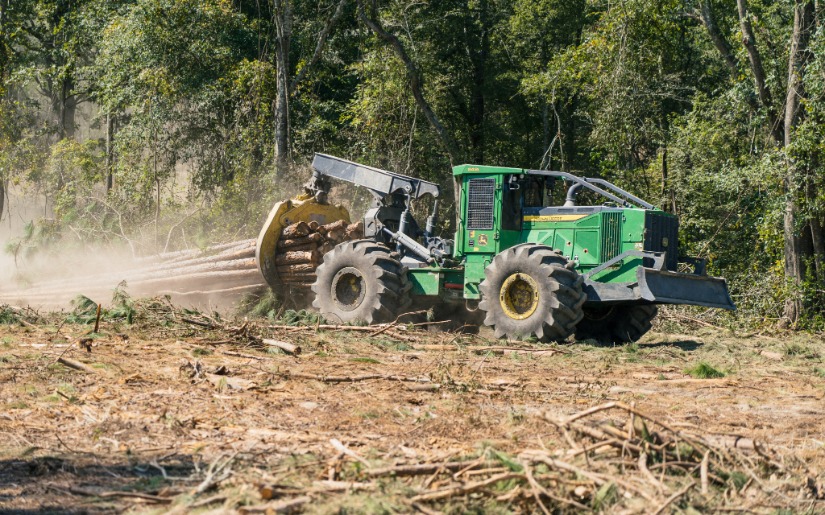Ecological forestry has been described as a management system with three fundamental principles—retention forestry, heterogeneous treatments, and appropriate recovery periods; but at the same time, a discipline that transcends systems, objectives, and settings. Forest management prescriptions based on ecological principles tend to be more complex. Market-based approaches to promote ecological forestry, such as third-party certification programs, have helped expand the practice and adoption of the principles of ecological forestry.
The origins of ecological forestry in the United States can be described as beginning in the 1980’s in the Pacific Northwest, although ecological principles in the context of forest management have a much longer history as well. European silviculture practices were present in the early 20th century and instrumental in the evolution of America’s forestry practices, and Indigenous, First Nations, and Tribal Nations have practiced forms of ecological forestry for thousands of years. Beyond the United States, many parts of Canada have implemented ecological forestry practices as well. For example, in Nova Scotia, there has been extensive support from the public to implement ecological forestry practices to return the landscape to a pre-European state being that much of the land was cleared for settlements and farming purposes. Ecological forestry is also of interest in Europe and many other parts of the world.
Logging businesses are critical to forestry and the forest products industry for implementing forest management prescriptions and delivering timber and fiber for manufacturing. Without loggers, foresters and landowners can not accomplish their land management objectives. Logging businesses change over time and are adapted to local conditions. There are differences between logging businesses in the Northeast, Midwest, Western, and Southern regions of the United States; however, consolidation, production increases, and increased capital investment are consistent trends nationwide. Additionally, an aging logging community with fewer and fewer youth entering the profession creates labor challenges. The challenges faced by logging businesses can be mitigated by preparing timber sales that consider local logging system capabilities and constraints, and through knowledge transfer and innovation among logging businesses. These challenges and the solutions are a topic of concern in the forestry community, as the success of ecological forestry is dependent on a good plan executed on the ground by a quality logging operation.
- Lead AuthorPrepared By: Steven Immel, Mark Jacobs, and Kathryn Fernholz of Dovetail Partners and Colleen Robinson of the Forest Stewards Guild
- DateJuly 2022
- CategoryEnvironmental, Forest products, Forestry, Wood
- Project FileDownload


.png)
.png)


